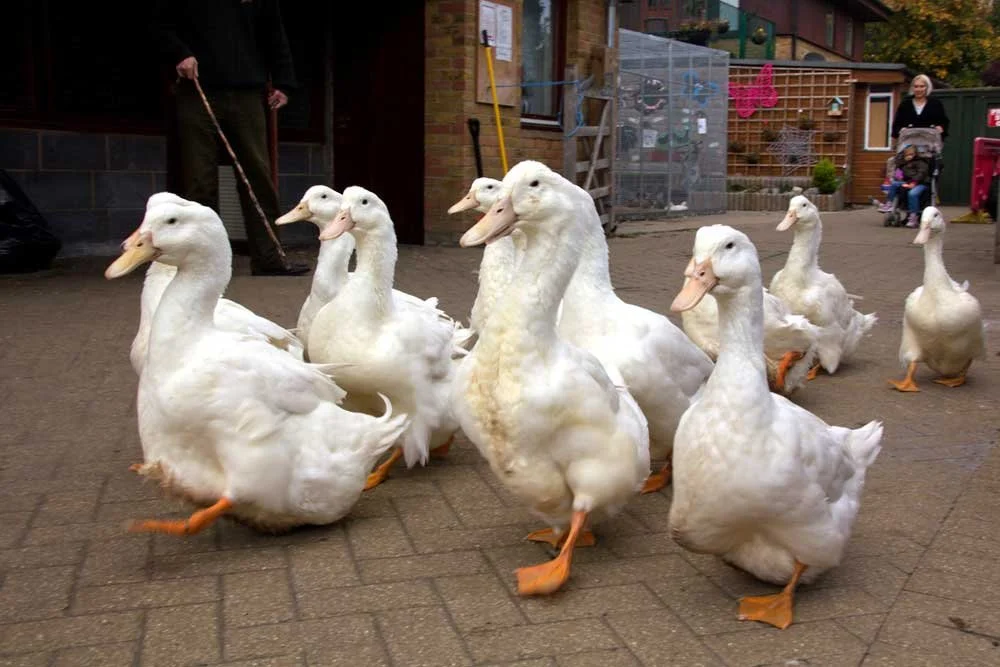Aylesbury Duck

Scientific Name: Amazonetta brasiliensis
Alternative Names: Brazilian Duck, Amazonetta
Measurements:
| Feature | Male | Female |
|---|---|---|
| Length | 38–43 cm (15–17 in) | Slightly smaller |
| Weight | 500–700 g (1.1–1.5 lb) | Slightly lighter |
| Wingspan | Around 65–75 cm (26–30 in) | Around 65–75 cm |
Status
Common and listed as Least Concern. Populations are stable across eastern South America.
Identification
A small, elegant duck with light brown body feathers. Males have red beaks and red-orange feet, while females are duller with a greyish bill and less vibrant legs. Both sexes have dark crowns and a pale grey patch on the face. They sit upright in the water and often keep their tails slightly raised.
Voice
Soft whistles and gentle peeps. They are quieter than many other ducks.
Diet
Feeds on seeds, fruits, grass shoots, aquatic plants, and small insects. Ducklings mainly eat insects.
Distribution
Found in Brazil, Argentina, Uruguay, Paraguay, Venezuela, eastern Bolivia, and parts of Colombia and Peru.
Habitat
Prefers freshwater ponds, marshes, flooded meadows, and quiet streams, always with vegetation nearby for cover and nesting.
Breeding
Usually seen in pairs. Both parents care for their young. Nests are built on the ground, hidden among tall grasses or shrubs. Clutches commonly contain 6–10 eggs.
Conservation
No major threats. Local habitat loss can affect small populations, but overall numbers remain healthy.
